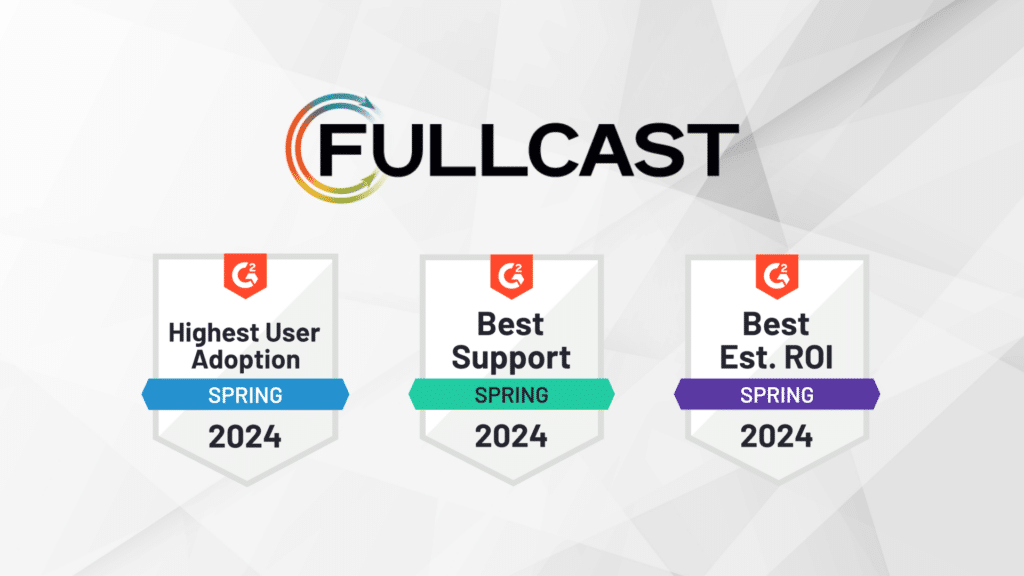Corporate planning tools and strategic planning software, such as Anaplan, enable large enterprises to integrate and analyze data from across the organization in a unified platform which in turn enables them to make better strategic business decisions. Originally designed for the FP&A function, these tools lead to significant productivity improvements in financial planning. Furthermore, the level of insight they provide no doubt leads to a high ROI because of improvements to SG&A cost ratios, inventory balances, and workforce productivity.
We find many organizations attempt to use their corporate planning tools for their sales territory and go-to-market (GTM) planning activities. We get it, the company has invested significant sums (often millions), time (often years), and resources (hello Deloitte) to implement their corporate planning tool. Yes, your corporate planning tool can be used for the annual sales planning exercise. However, there are several reasons why this approach will ultimately fail.
The Annual Sales Plan is Dead
When it comes to sales planning, the only constant is change. As a result, an annual territory plan is often obsolete by the time it is rolled out to the field. Mergers, acquisitions, layoffs, departures, promotions, hiring, reorganizations, strategic shifts, funding rounds, global pandemics, recessions, regulatory changes, and other unpredictable events continuously disrupt the GTM and territory plan. RevOps leaders need a way to continuously update their plan.
To make these types of changes in a corporate planning system, the data would need to be downloaded from the CRM and uploaded to the planning tool, cleaned, adjusted, and reloaded to the CRM after changes are made. This process can take weeks and doesn’t fit the bill for continuous planning. In fact, while this work is happening your CRM data can change so that your new plan is already out of date before it is even implemented.
Territory management software is purpose built for handling these ongoing challenges. It uses automated policies and workflows so that runtime changes can be implemented immediately, without downtime, ensuring that your sales team is always selling. For example, when a sales rep leaves in the middle of the quarter, a territory management system ensures that new assignments are quickly made, holdouts are defined, and leads are properly routed. It eliminates time-consuming manual tasks so that RevOps and SalesOps teams spend less time fighting fires and more time on strategy.
A territory management system also integrates with your CRM, so that any updates can be deployed immediately with the click of a button, ensuring that execution is always aligned with the plan and your organization operates with maximum agility.
Territory Plans are Becoming More Complex
In the recent past, you would be hard pressed to find an organization without a geographic territory plan. However, with the advent of remote work and the explosion of data, companies are finding there are much more effective ways to carve territories. For example, companies may carve based on firmographic, status, or needs-based data, or a combination thereof. Although this leads to better outcomes, it also creates more complexity. Balancing territories by hand, or even with a corporate planning tool, becomes extremely time-consuming, if not impossible.
In these situations, an AI-enabled or ‘smart’ territory management system can intelligently create balanced territories based on your criteria. For example, you may set prioritized criteria that territories can only have a certain number of prospects or are located only a certain time zone away from the sales rep, and then let the tool create the territories. Scenario modeling lets you test the impact of different options. These capabilities save a tremendous amount of time, reducing the planning process from months to minutes.
Real-Time Collaboration is Essential
In a typical planning process, the Ops team prepares the plan on spreadsheets or in a corporate planning tool. They next arrange numerous meetings with field managers to gather their feedback. Ops tweaks the plan, gathers more feedback, and repeats until complete. This process consumes countless hours of your highly paid sales managers’ time. With the shift to remote work, the ability to collect timely field input has only become more difficult.
A territory management solution closes the gaps between the Ops and Sales teams. It eliminates the need for multiple meetings because any team member can login to the system to view the plan and add comments and notes. Most significantly, sales managers are empowered to make changes to the resource assignment plan directly in the CRM without disrupting the entire GTM plan. Companies that collaborate effectively are significantly more efficient and productive. Using a territory management solution, one organization eliminated 3 planning meetings for each of its 30 field managers, essentially giving back 90 hours of customer-facing time to the Sales team.
Resources are Constantly Changing
A territory is a living and ever-evolving entity. When account team members leave, change roles, or new team members are hired, your CRM or corporate planning tool does not track this information. Typically this information is kept offline, in spreadsheets, or on individual calendars. This makes it difficult to plan for the impact of new hires. It also makes it extremely challenging to pay commissions because it is unclear who was doing what, when. It is not uncommon for multiple commissions to be paid on the same deal in order to keep everyone who played a role happy.
A territory management solution, on the other hand, acts as a single system of record for your GTM plan. It captures effective dates for the entire account team so that there is no question who was doing what job on what territory at what time. This makes it easy and painless to plan for new employees and to pay your team members promptly and fairly.
Silos Disrupt the Revenue Engine
The revenue engine involves a synchronized dance of resources from Marketing to Sales to Customer Success to Finance. To be successful, your organization’s lead-to-renewal planning process must be holistic. Your Sales team needs a territory plan, as does your Customer Success team, with a coordinated handoff of accounts between them. Your Marketing organization needs to know how to route leads based on Sales’ assigned territories.
Using a corporate planning tool, any change made in one area does not automatically sync with the others. Imagine the chaos when your planning system assigns accounts to certain reps, yet your lead routing tool is operating with a different set of rules. Attempting to keep everything operating as one system then requires more spreadsheets, IT support, and staff. A territory management solution, on the other hand, enables you to create and execute on one RevOps plan with seamless orchestration between the different functions.
IT is a Bottleneck
Your IT team is busy and corporate planning tools take significant time and money to implement and maintain. Most implementation projects take months and require the use of external consulting resources to customize the platform. In many cases, they require the use of an internal data warehouse, only adding to the complexity and implementation time. Furthermore, the need to make continuous runtime changes requires interfacing with IT to manage tools customization and adaptation. It is not uncommon for small territory changes to take weeks, during which time execution is out of sync with the plan.
With an out-of-the-box territory management solution, your Revops team can be up and running in weeks. No-code capabilities enable any Ops person to easily maintain and make real-time changes, without creating tickets and involving IT, ensuring that your revenue operations quickly adapt to changing resources and plans.
In any economy, but especially in challenging times, the most innovative companies will be those that can quickly adapt to rapidly evolving market conditions. Although you can create an annual territory plan with a corporate planning tool, it will be difficult to stay agile and responsive. The teams that follow the principles of continuous territory management will operate more efficiently and sell more productively, gaining a considerable competitive advantage.










